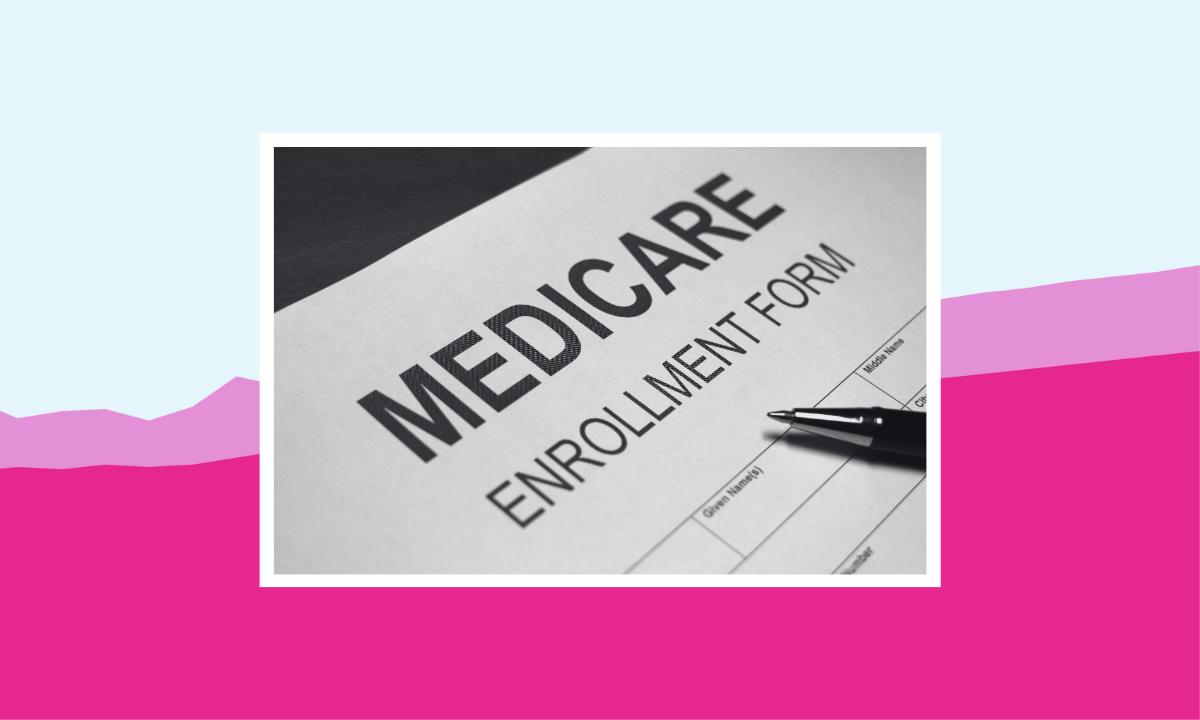Health
5 things you might not know about Medicare

More than two-thirds of Americans get their health insurance from private insurers. More than half of all insurance coverage is employer-provided.
Some Democratic presidential hopefuls have proposed Medicare for All plans: also known as a single-payer plan. While the details are far from solidifying, Medicare for All means the government would operate health insurance coverage for all residents, funded by taxes. Such policies would mean shifts in the US health insurance landscape—where private insurers covered 218 million people in 2018, according to US Census Bureau data.
Since the late 1980s, the percentage of people receiving health insurance from private providers has decreased, while the percentage receiving health insurance from government programs like Medicare and Medicaid has increased. The uninsured rate peaked in 1998 and again in 2010 to 16.3% before falling to a low of 7.9% in 2017. Much of that change came after the Affordable Care Act (ACA) went into effect.
Employers cover most people in the United States, though the share of who they cover has dropped from 64.1% of people in 1999 to 55.1% of people in 2018.
Those changes came over a period in which the share of coverage increased from Medicaid—a joint federal-state program for low-income people—and Medicare—a federally run program predominantly for those 65 and older.
Medicaid enrollment increased following the passage of the ACA, which expanded eligibility, though a Supreme Court ruling allowed individual states to decide if they would adhere to the expansion. Medicare enrollment has been growing as the 65 and older population increases.
Demographic factors like age, income, and education all impact whether someone is more likely to be covered by public or private health insurance.
The population over 65 is more likely to be covered by public health insurance, due to Medicare. After those over age 65, children below the age of 5 have the next highest rate of public health insurance coverage, likely due to government programs like Medicaid and the Children’s Health Insurance Program.
Lower-income households aren’t as likely to have employer-based coverage; 13% of those making less than $25,000 annually have an employer-provided health insurance. In contrast, 82% of those earning more than $150,000 annually have insurance through their employer.
| Demographic | Covered by employer (%) | Covered by public insurance (%) |
|---|---|---|
| Age | ||
| Under age 65 | 60.7% | 22.8% |
| Under age 19 | 54.3% | 35.7% |
| Under 3 years | 51.2% | 38.2% |
| 3 to 5 years | 53.0% | 38.5% |
| 6 to 11 years | 54.3% | 36.6% |
| 12 to 18 years | 55.9% | 32.8% |
| 19 to 64 years | 63.3% | 17.6% |
| 19 to 25 years | 59.0% | 18.3% |
| 26 to 34 years | 62.3% | 17.5% |
| 35 to 44 years | 65.1% | 16.2% |
| 45 to 64 years | 64.4% | 18.1% |
| 65 and older | 26.2% | 94.1% |
| Household income | ||
| Less than $25,000 | 13.3% | 71.2% |
| $25,000 to less than $50,000 | 33.3% | 53.4% |
| $50,000 to less than $75,000 | 51.7% | 35.9% |
| $75,000 to less than $100,000 | 66.4% | 24.5% |
| $100,000 to less than $125,000 | 73.3% | 19.0% |
| $125,000 to less than $150,000 | 75.4% | 16.0% |
| $150,000 or more | 81.5% | 12.4% |
| Education (Age 25 to 64) | ||
| No high school diploma | 29.2% | 36.9% |
| High school graduate (includes equivalency) | 54.2% | 24.4% |
| Some college, no degree | 63.7% | 19.3% |
| Associate's degree | 68.2% | 15.8% |
| Bachelor's degree | 76.0% | 8.5% |
| Graduate degree or higher | 83.3% | 5.7% |
Details about Medicare for All are currently vague, and there is no data to show what may or may not happen if the entire country switches to a government-provided health insurance plan. As Americans continue to debate and discuss the concept, it is worthwhile to point to the existing data that shows the demographic difference between who is getting insurance from employers and who is getting it from the government.
Learn more about health and healthcare in the US and get the facts every week by signing up for our newsletter.
An individual may be covered by multiple types of insurance.
Newsletter
Keep up with the latest data and most popular content.